This wonderful Cornish workshop and museum is dedicated to the legacy of studio pottery trailblazer Bernard Leach
Close to Kahlo
Close to Kahlo
4 Jun 2018
How did the artist Frida Kahlo fashion her identity? A new exhibition explores the ways she did so, with intimate objects, some seen for the first time. Curators Claire Wilcox and Circe Henestrosa highlight a few.
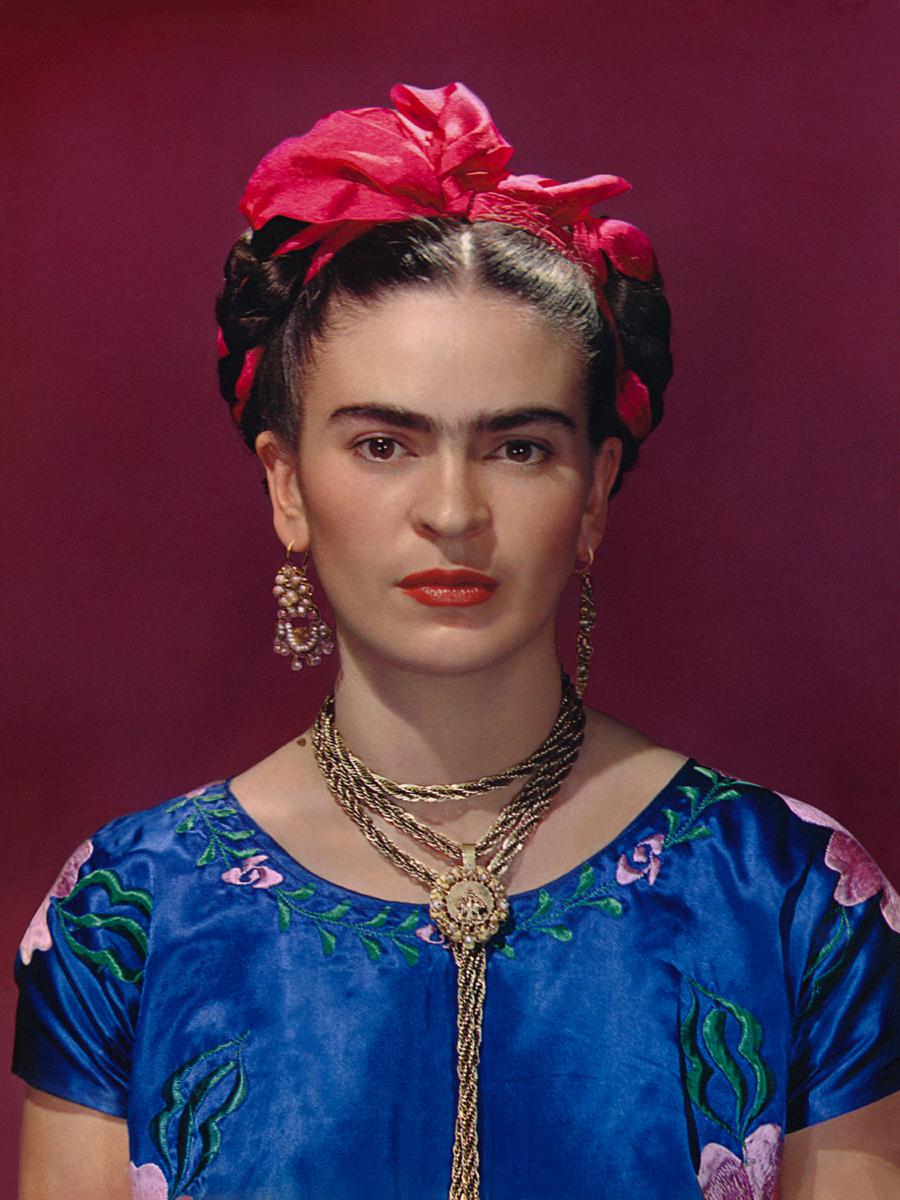
1. From the jewellery box
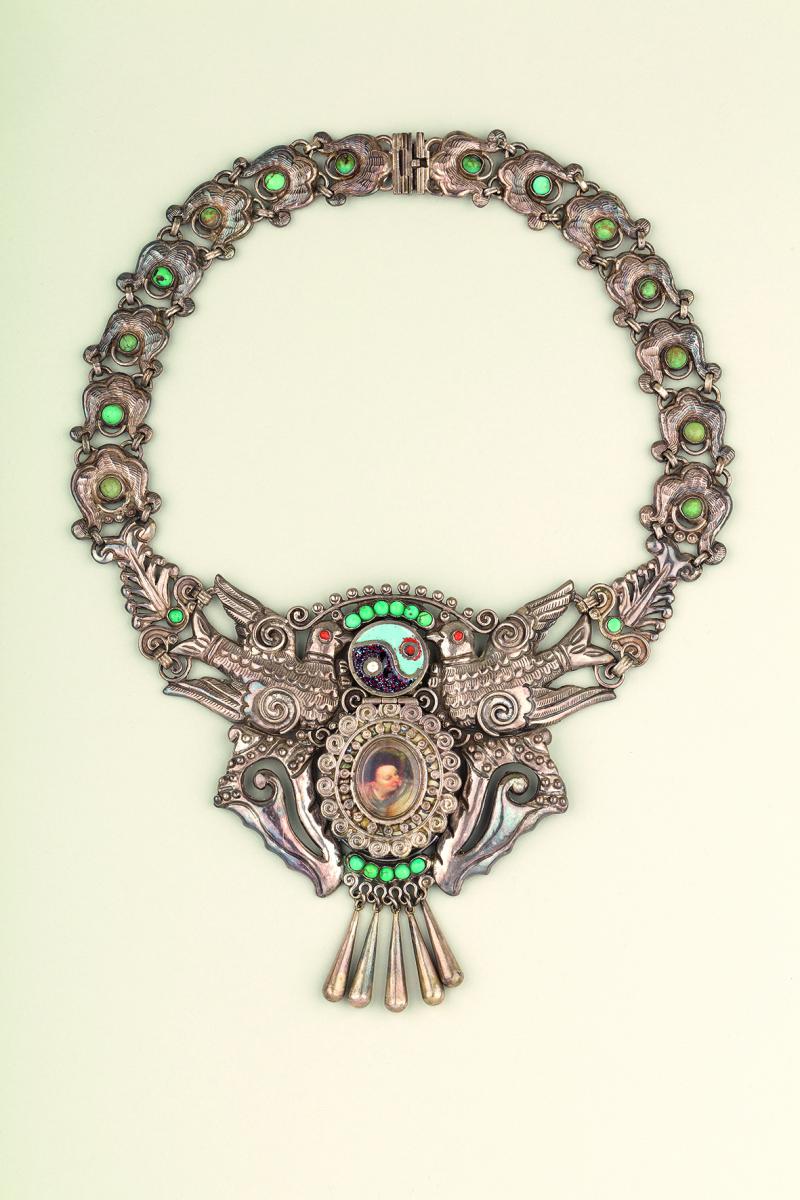
Jewellery was important to Kahlo and she could quickly recognise exceptional pieces. Her friend, artist Lucienne Bloch, described her as ‘like a tornado’ on shopping trips, adding how ‘she’d find cheap costume jewellery and she’d make it look fantastic’. This necklace was made by Matilde Poulat, who had trained as a fine artist and drew on the birds and shells of Mexican folk art. The piece has a pendent drop that echoes those of ancient jewels found at Monte Albán near Oaxaca in 1932. Frida was photographed wearing this by photographer Berenice Kolko in 1952.
2. The technicolour coat
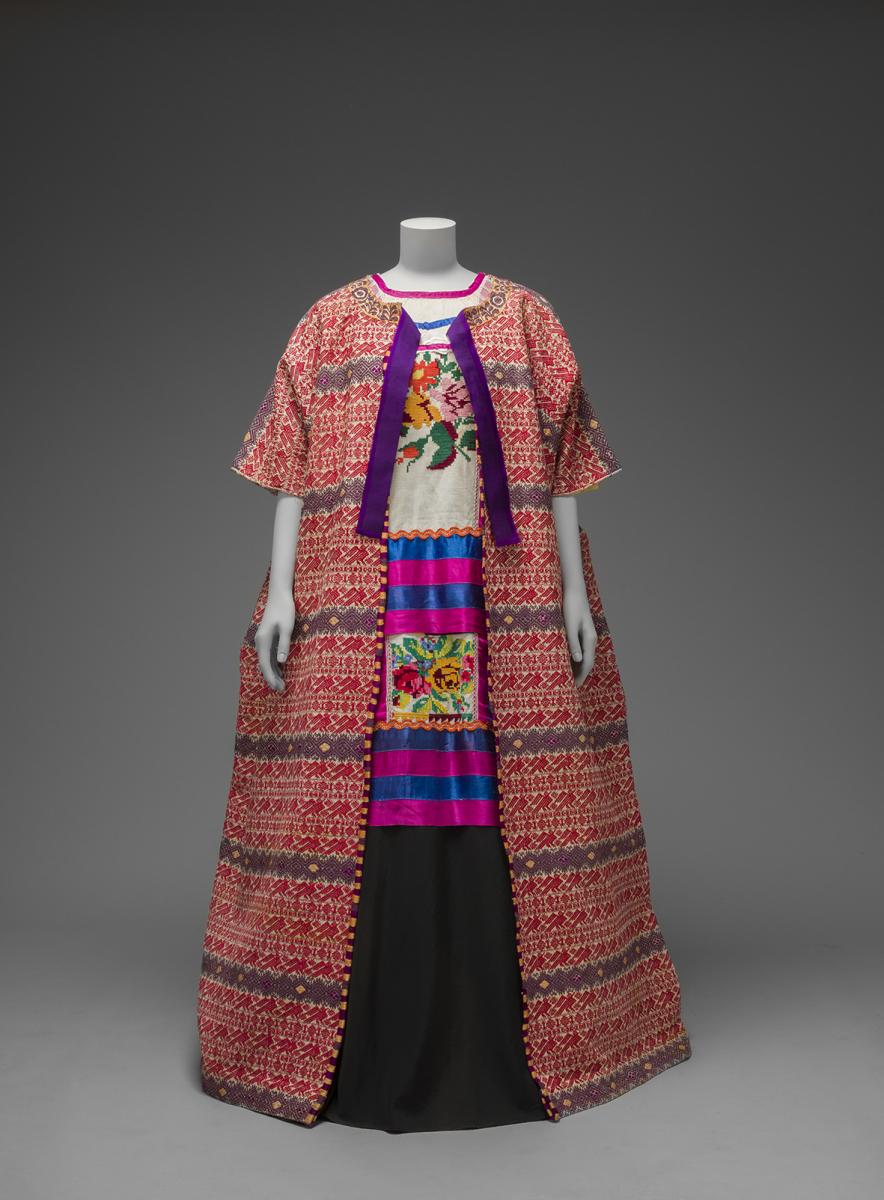
The way Kahlo dressed herself was an outlet for her art. She loved colour and detail, choosing items of clothing from different regions. This Guatemalan cotton coat was woven with two panels using a draw loom in either San Marcos, Totonicapán or Quetzaltenango. It was a special garment, not commonly worn. Underneath is a hand-embroidered Mazatec huipil, traditionally worn by an indigenous group of women from the Sierra Mazateca.
3. Aid as ornament
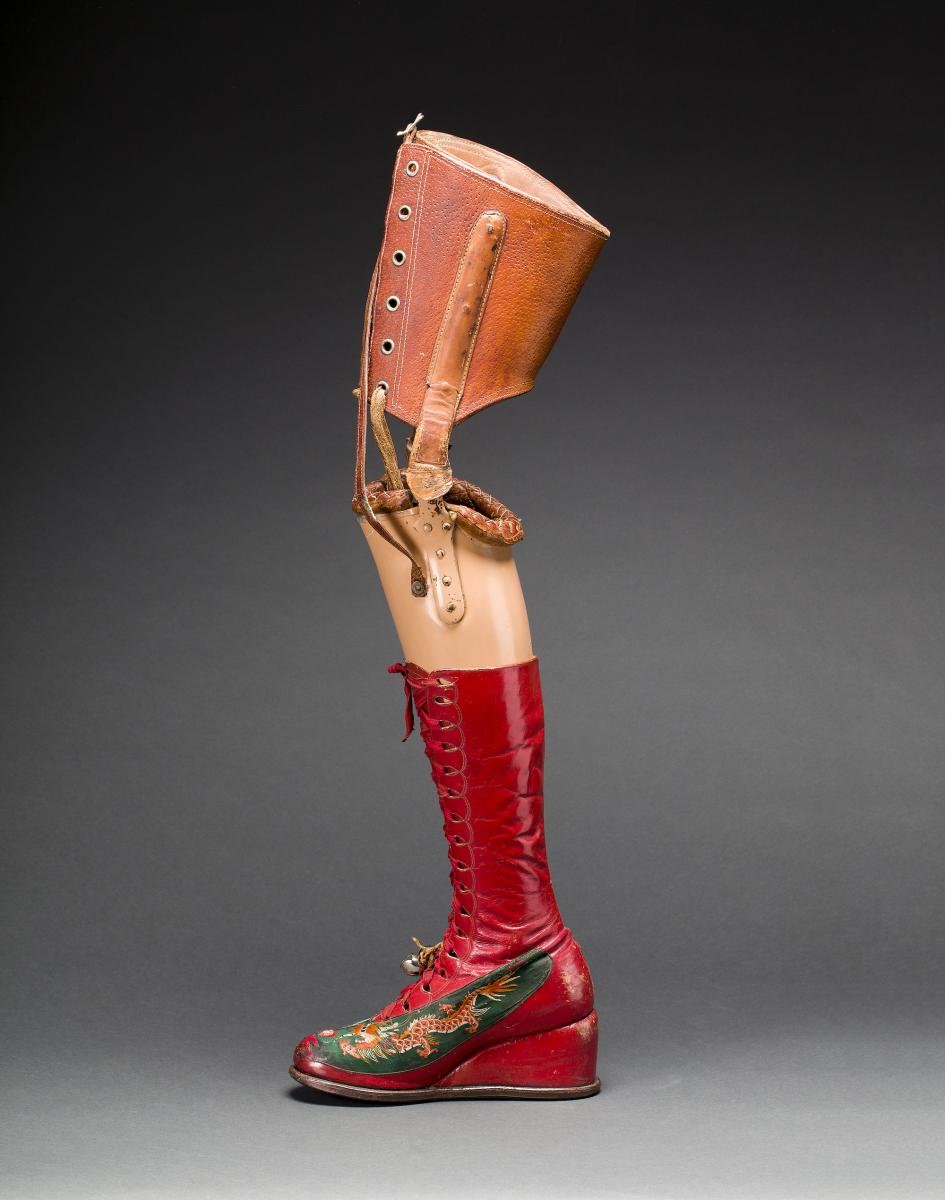
Kahlo faced appalling medical challenges in her life, among them contracting polio in 1913, aged six, and in 1925, being severely injured in a tram accident. Having suffered surgical interventions and then gangrene, she had her right leg amputated in 1953. Her prosthetic leg is one of the most intricate objects in the collection. It has a luxurious red leather boot, appliquéd silk embroidered with Chinese motifs and small decorative bells. It was typical of Kahlo to turn an essential medical object into something so avant-garde.
4. Ruffles and lace
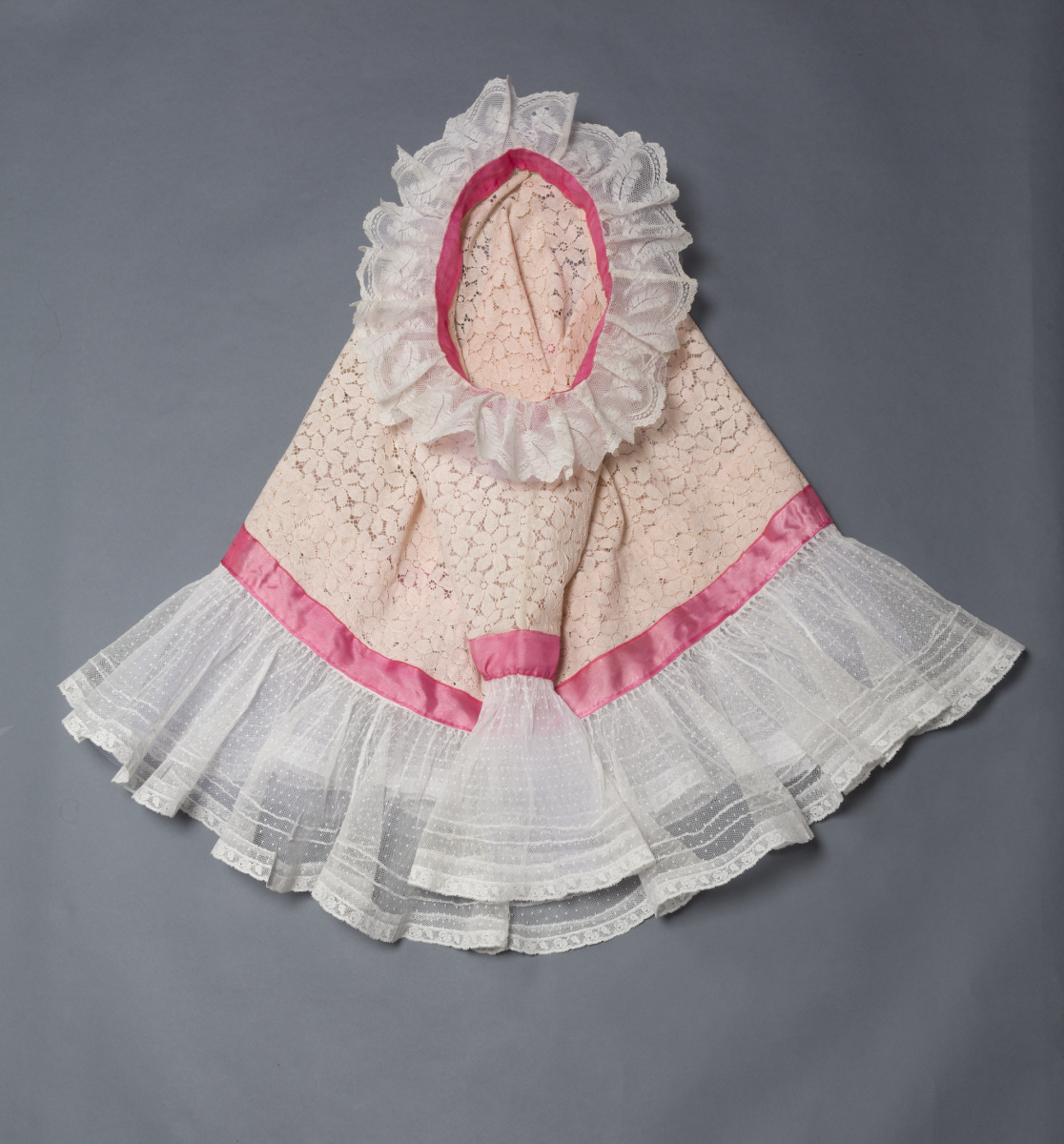
The artist adapted the traditional clothing of the women of the Tehuantepec region in southern Mexico for her own use and wore such pieces in her self-portraits. This ceremonial headdress is one of her more spectacular pieces. Called a huipil grande or bidani quichi, it is also known as a resplandor. Made from three types of white lace and trimmed with pink ribbon, it was worn two ways: during Mass it could be made to resemble a cape and, on other formal occasions, the face could be framed with the wide frill.
5. An eye for beauty
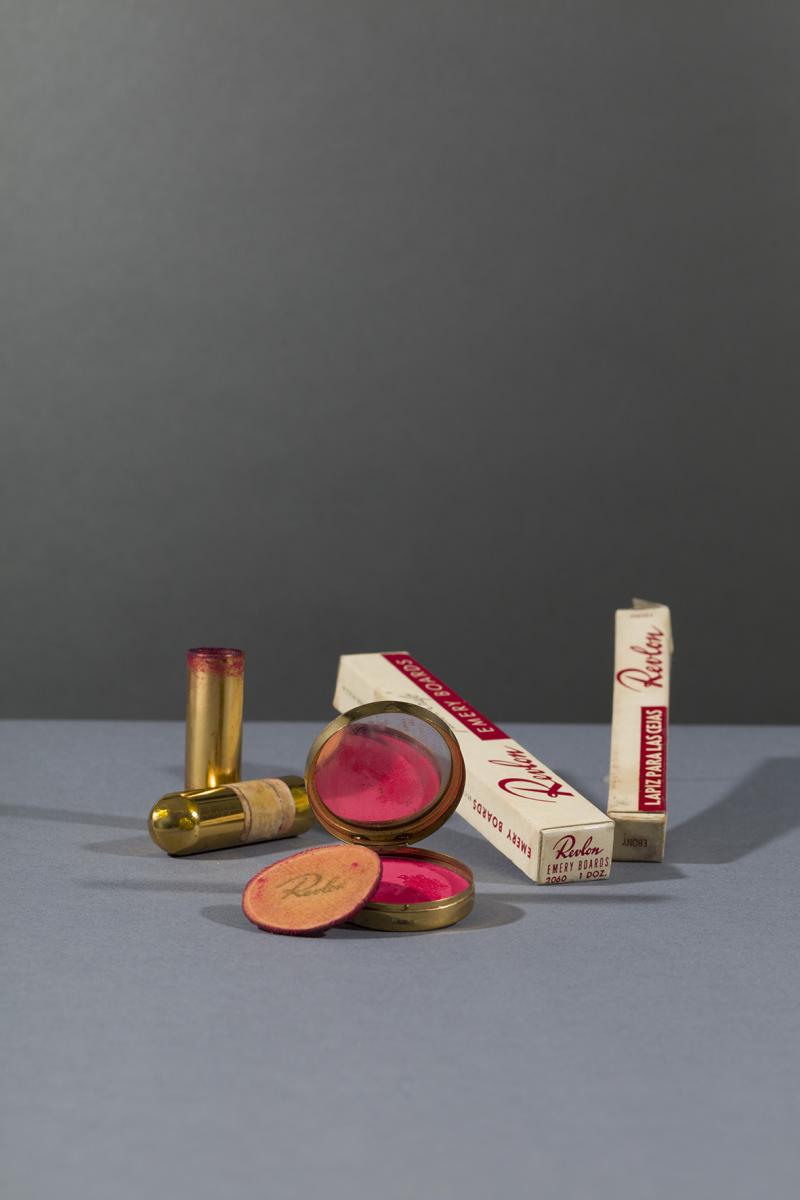
Kahlo had an arresting beauty, famously making much of her monobrow and the hair on her upper lip. Applying make-up was another artistic outlet and Revlon was her favoured brand. These pieces were discovered at her home. Her well-used lipstick is a reminder of how she would often kiss her letters and photographs, leaving an imprint of her lips.
6. Confined in a corset
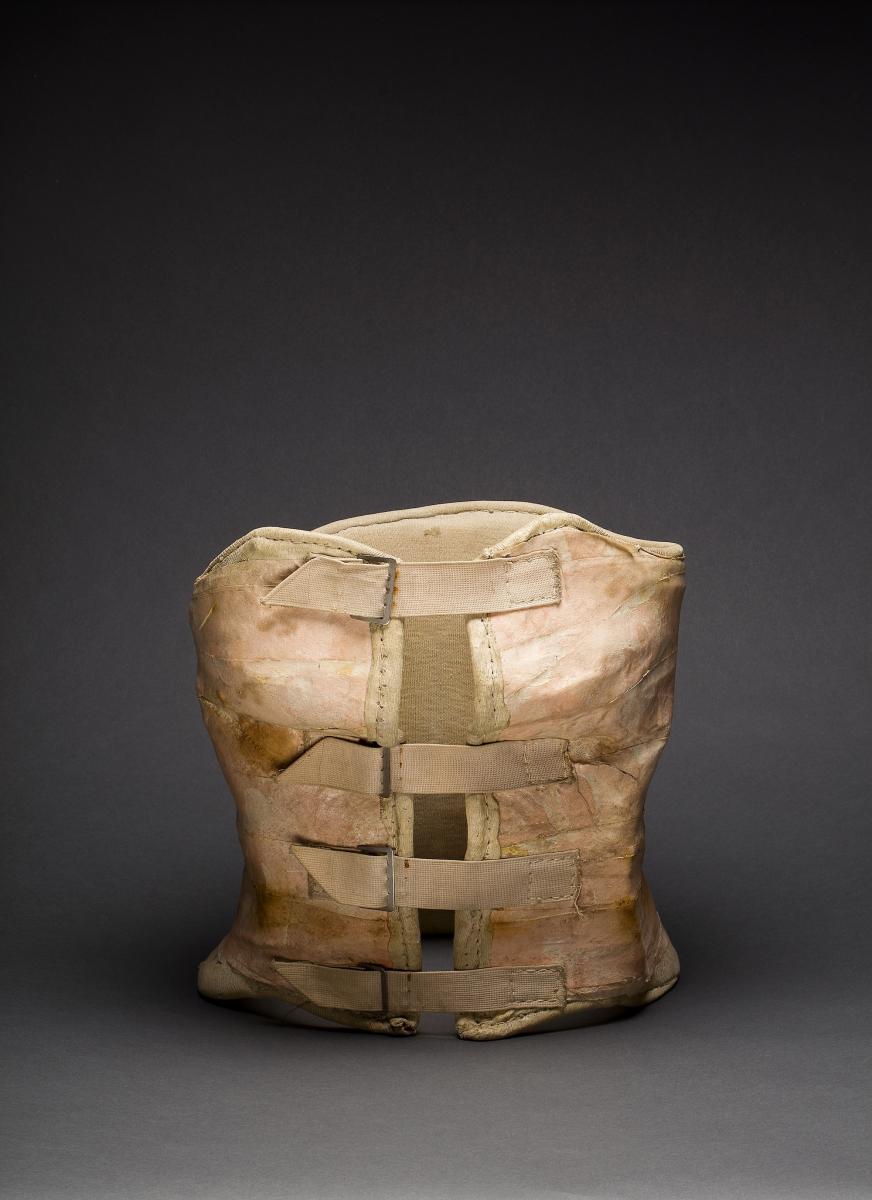
Having endured multiple operations, Kahlo had to wear a variety of orthopaedic corsets and would often decorate these. This (undecorated) plaster example shows just how confined she must have felt. Providing protection to the torso, it is made from leather, topstitched and shaped over an internal metal frame, and secured with buckles, straps and lacing. The leather is pierced for ventilation.
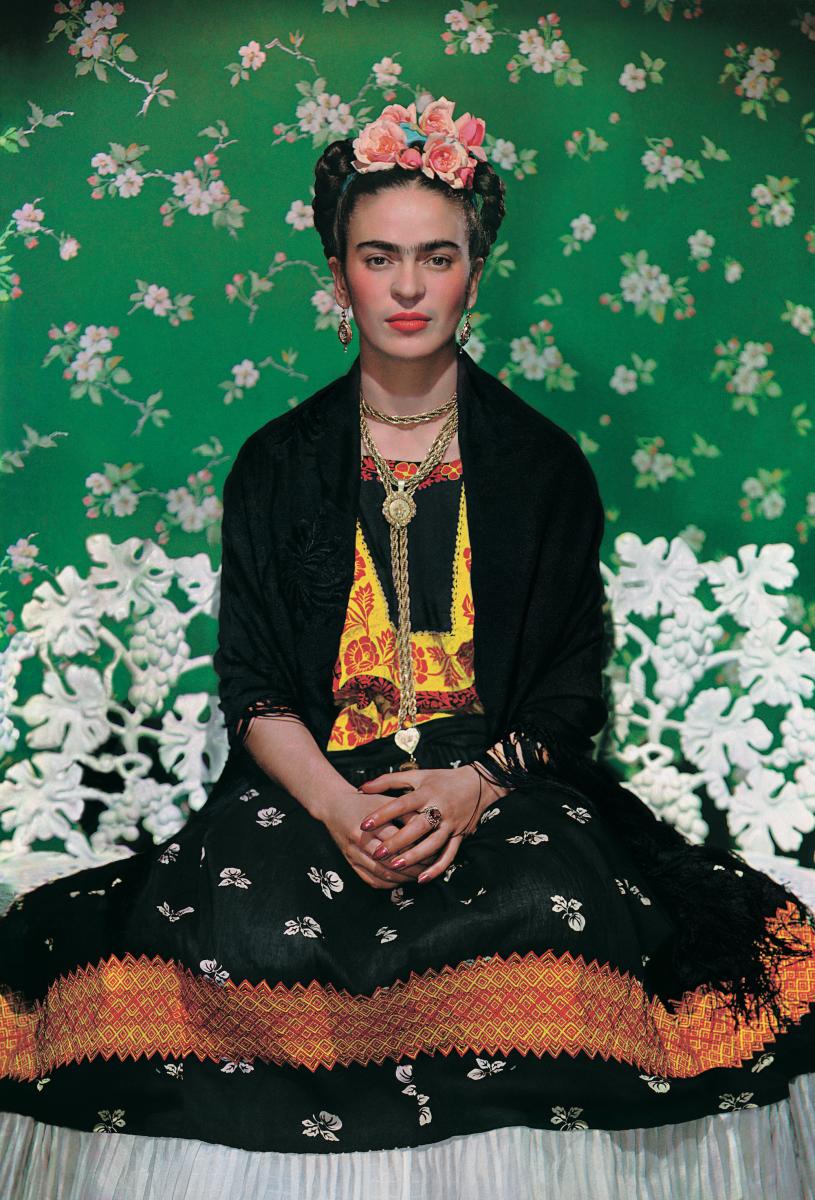
See Frida Kahlo: Making Her Self Up, sponsored by Grosvenor Britain & Ireland, from 16 June – 4 November at V&A, London: vam.ac.uk/fridakahlo
Images: Photograph Nickolas Muray © Nickolas Muray Photo Archives.
Photograph Javier Hinojosa © Diego Riviera and Frida Kahlo Archives, Banco de México, Fiduciary of the Trust of the Diego Riviera and Frida Kahlo Museums.
About the Author
The Arts Society
JOIN OUR MAILING LIST
Become an instant expert!
Find out more about the arts by becoming a Supporter of The Arts Society.
For just £20 a year you will receive invitations to exclusive member events and courses, special offers and concessions, our regular newsletter and our beautiful arts magazine, full of news, views, events and artist profiles.
FIND YOUR NEAREST SOCIETY
MORE FEATURES
Ever wanted to write a crime novel? As Britain’s annual crime writing festival opens, we uncover some top leads
It’s just 10 days until the Summer Olympic Games open in Paris. To mark the moment, Simon Inglis reveals how art and design play a key part in this, the world’s most spectacular multi-sport competition



